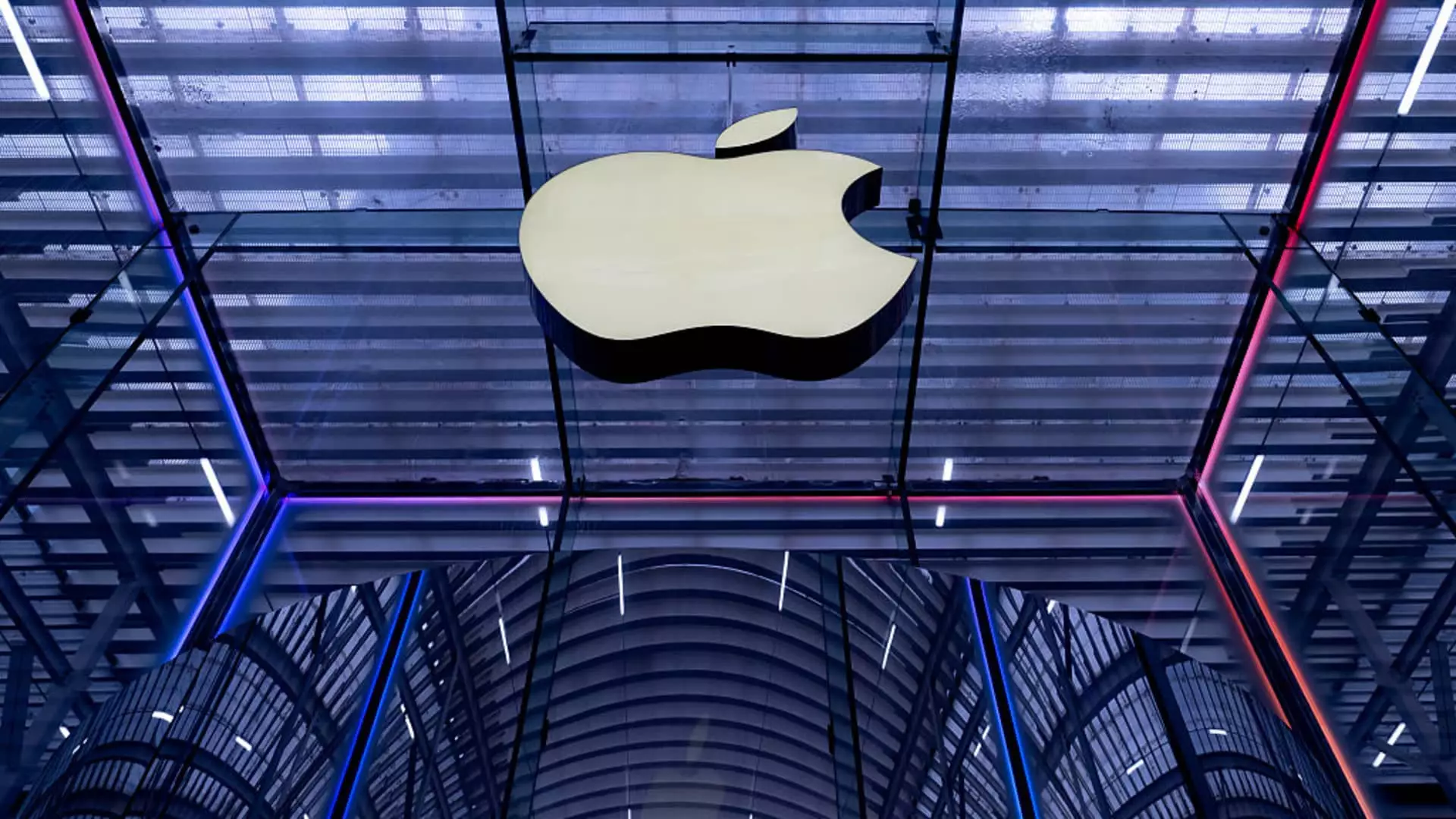As the world grapples with mounting economic instability and geopolitical tensions, Apple stands at a critical crossroads. The upcoming earnings reveal is no longer just a routine financial update; it’s a barometer of a company increasingly vulnerable to external pressures beyond its control. Wall Street’s whispers—and betting markets like Kalshi—highlight concerns about China, tariffs, and restructuring that could portend significant trouble for one of America’s most valuable corporations. Apple’s reliance on China for manufacturing and its exposure to tariffs are not just logistical issues—they reflect deeper vulnerabilities in its global strategy that threaten its long-term stability.
These risks are amplified by the uncertain U.S.-China relationship, where tariffs and trade rhetoric create a hostile operating environment. Apple’s efforts to diversify production—shifting some manufacturing to India and Vietnam—are insightful but not enough to mitigate the fundamental economic pressures. The reality remains: high production costs for U.S.-made devices could push iPhone prices into prohibitively expensive territories, alienating core consumers. The strategy of “patchwork manufacturing” may buy time but does not solve the inherent risk of overreliance on geopolitically unstable regions.
Internal Strategic Failures and Market Share Collapse
Meanwhile, critics argue that Apple’s innovation engine has stagnated. Without groundbreaking new products or significant feature improvements, the company risks losing its competitive edge. Barclays’ Tim Long suggests that Apple’s sales are set to struggle, not merely because of macroeconomic forces but also due to internal failures—an inability to deliver compelling upgrades that justify premium pricing.
This stagnation is further evidenced by market share erosion, particularly in China—a key growth region that has traditionally powered Apple’s revenue. The rise of local competitors and cheaper alternatives has gnawed away at Apple’s foothold, exposing the company’s vulnerability in emerging markets. The shift of production to India, while strategically prudent, underscores the company’s desperation to maintain sales volume amid shrinking demand in its home markets.
Apple’s inventory of premium products is shrinking, and its mounting reliance on older models and minimal innovations suggest a company struggling to adapt. Its efforts to pivot towards services, entertainment, and AI-driven features are promising but insufficient to compensate for the declining allure of its core hardware. Investors are increasingly wary—year-to-date share performance reflects this with a decline of over 16%, lagging far behind broader indices. This disconnect between perception and reality hints that Apple’s once-untouchable status is now under serious threat.
The Entertainment Pivot: A Symptom of Strategic Disarray
In addition to hardware struggles, Apple’s push into entertainment—highlighted by the popularity of series like “Severance”—seems more like a desperation move to diversify revenue streams. While Apple TV+ is gaining ground, relying on hit shows to bolster hardware sales is inherently risky, especially when the content itself competes with established giants like Netflix and Amazon.
The mere fact that “F1: The Movie” became a blockbuster for Apple indicates a company desperate to build a new revenue pillar—yet one series cannot sustain a brand in an era of fierce competition. It’s indicative of Apple’s broader strategic failure to deliver innovative products that captivate consumers and reinforce its market dominance. Instead, the company appears to be scrambling for alternative revenue sources in a changing technological landscape that no longer favors its old leadership model.
Financial Outlook and What Lies Ahead
The coming earnings report will likely be a sobering event—only a modest increase in revenue and earnings is expected, and these figures may not reflect the full extent of Apple’s struggles. As analysts warn of declining market share and mounting costs, investors should brace for a possible reassessment of Apple’s future trajectory.
The company’s aggressive efforts to mitigate risks—like shifting manufacturing and expanding services—may buy time but are no substitute for true innovation. If the markets continue to price in risks like tariffs, geopolitical unrest, and waning consumer demand, Apple’s valuation could face further headwinds. This isn’t merely a short-term blip but a fundamental challenge that demands a reevaluation of Apple’s global strategy and leadership. Its current path—riding on past successes—may no longer suffice in a world where volatility reigns supreme, and geopolitical loyalties are shifting faster than ever.

